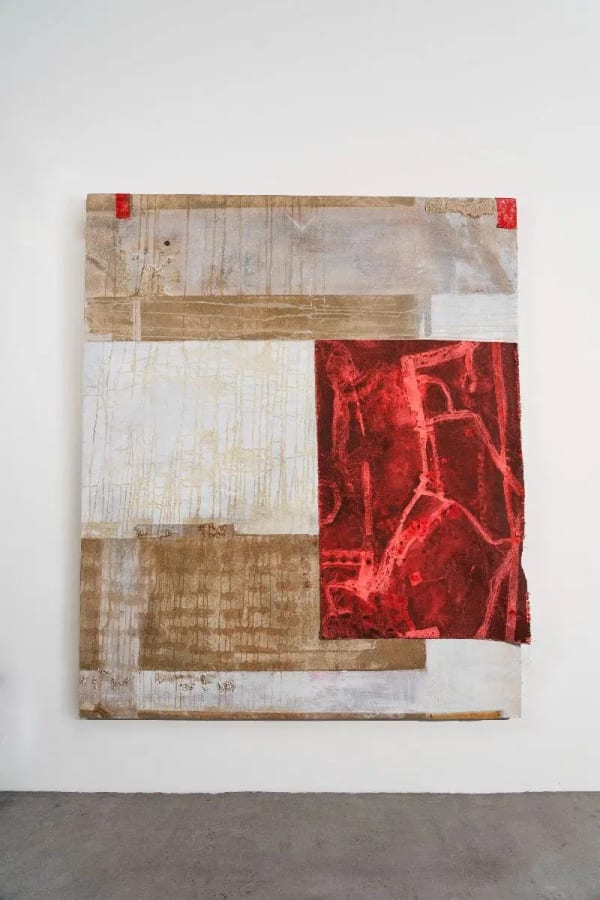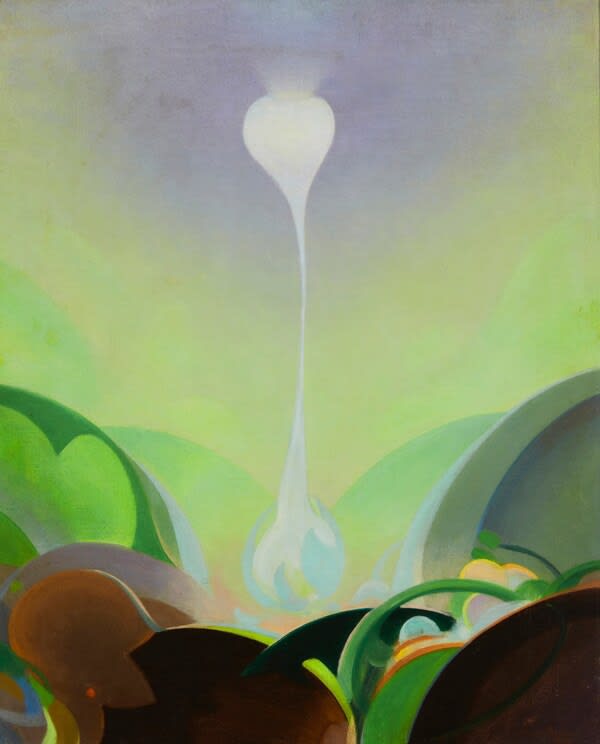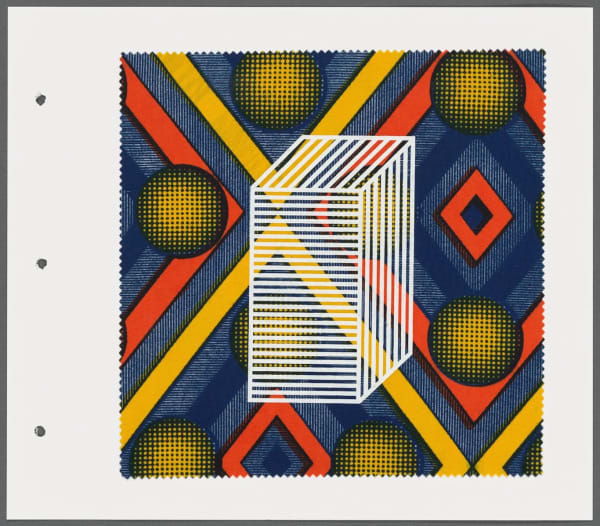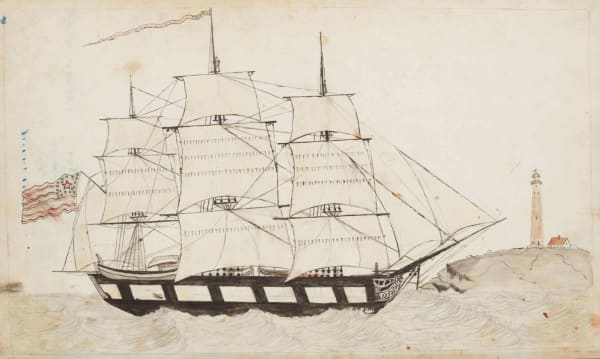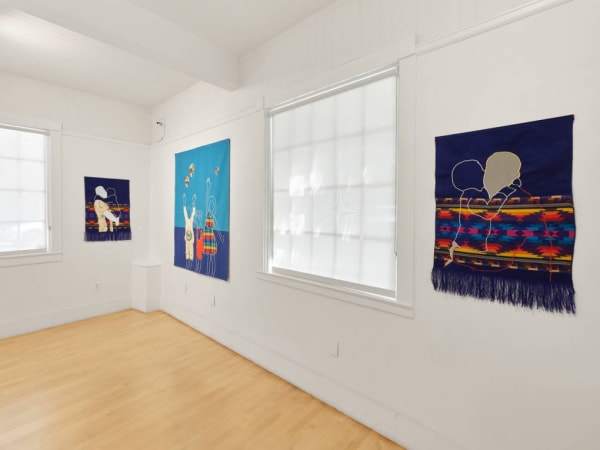-

Art Basel Miami Beach 2025 Full Market Report
Catharine Clark Gallery at Art Basel Miami Beach 2025 December 8, 2025 by News Desk Art Basel Miami Beach 2025 wrapped up its edition with a confident bravado not seen for many... Read more -

Bold S.F. art show takes on ‘trad wives,’ feminism and modern womanhood
By Tony Bravo November 22, 2025 Three shows by women artists close out the year at Catharine Clark Gallery, posing big questions about women’s labor and... Read more -

Gallery Newsletter
A Selection of Outdoor Art September 26, 2025 At Catharine Clark Gallery we take great pleasure in presenting outdoor works by artists that redefine the relationship between art... Read more -

Storywork: Marie Watt
Jordan Schnitzer Museum of Art at Portland State University: 8/26/25-12/6/25 September 3, 2025 Storywork: The Prints of Marie Watt , from the Collections of Jordan D. Schnitzer and His Family Foundation , is... Read more
-

The Brooklyn Rail: Nina Katchadourian: Origin Stories
Amelia Saul September 2025 September 3, 2025 Nina Katchadourian’s Origin Stories threads through Seattle’s National Nordic Museum with five projects that explore family and memory, play and... Read more -

Hudson River Museum: Smoke in Our Hair: Native Memory and Unsettled Time
February 14–August 31, 2025 August 27, 2025 Indigenous understandings of time are cyclical and relational, in contrast to Western perceptions of time, which are often linear and... Read more -

The New York Times: In an Exhibition of Native Artists, Clichés Give Way to Charged Memories
Petala Ironcloud May 1, 2025 August 27, 2025 In the Hudson River Museum, landscape is usually a celebration: grand, idealized and comfortably distant. The river bends picturesquely; the... Read more -

New York Times: Chris Doyle, Artist Who Brought the Inanimate to Life, Dies at 66
Penelope Green Auguest 22, 2025 August 24, 2025 Chris Doyle, a multimedia artist who made poetic and beguiling pieces — exquisite animated work that explored ideas about civilization... Read more
-

WGLT: 'Shift Rotate Reflect' redux at University Galleries: A risk that's right
Lauren Warnecke August 14, 2025 August 19, 2025 A new exhibition opening this week at University Galleries will be familiar to some. Artist Jen Bervin’s Shift Rotate Reflect... Read more -

Berkeleyside: New mural at BAMPFA shows a ‘constellation of ideas’ threatened by war on DEI
Iris Kwok August 13, 2025 August 16, 2025 Stroll past BAMPFA’s front entrance on Center Street, peer into the window and you’ll catch a glimpse of an art... Read more -

Creative Capital: Donation in Honor Of Chris Doyle
August 12, 2025 Dearest Friends, I know that many of us are still in disbelief and so much sadness about Chris 's passing.... Read more -

Chris Doyle (1959-2025) In Memoriam
August 8, 2025 It is with profound sadness that I share the passing of Chris Doyle-artist, collaborator, friend, and one of the most... Read more
-

Art Dependence: Art Basel unveils Gallery Lineup for its 2025 Miami Beach Edition
July 25, 2025 August 6, 2025 This year’s edition will foreground the most urgent artistic currents shaping the American scene today, with a particular focus on... Read more -

Artdaily: di Rosa Center for Contemporary Art opens new San Francisco Space
August 3, 2025 August 6, 2025 SAN FRANCISCO, CA .- di Rosa Center for Contemporary Art announced the opening of Far Out: Northern California Art from... Read more -

Artdaily: Exhibition at Henry Art Gallery explores life, death, and ancestry through Asian art
Ofelia Zurbia Betancourt July 28, 2025 August 6, 2025 'SEATTLE, WA .- Spirit House investigates how contemporary artists of Asian descent challenge the boundary between life and death through... Read more -

Roborant Review: Gil Batle, Almost Sanctuary, Catharine Clark Gallery
Hugh Leeman August 3, 2025 August 6, 2025 Gil Batle's show Almost Sanctuary at Catharine Clark Gallery delves unabashedly into the artist's dark past through symbolism and storytelling... Read more
-

The Gaurdian: Please do touch: sculpture exhibition curated by blind people to feature tactile works
Lanre Bakare July 14, 2025 August 6, 2025 'The exhibition is the culmination of a three-year research programme, which has already resulted in changes at the Henry Moore... Read more -

Square Cylinder: Arleene Correa Valencia “Codice Del Perdedor / The Losing Man’s Codex”
Patricia Albers July 3, 2025 July 26, 2025 'In 2022, Arleene Correa Valencia traveled to Mexico for the first time since her family’s immigration to the United States... Read more -
Trailer for Masami Teraoka Documentary Film
Salt & Sugar Productions July 26, 2025 Masami Teraoka’s art confronts the world’s horrors with opulent beauty and surgical satire. Across six decades, he has wielded painting... Read more -

San Francisco Chronicle: "Immigrant stories take center stage in trio of San Francisco art exhibitions"
By Tony Bravo, Arts and Culture Columnist July 2, 2025 'Amid nationwide raids of immigrant communities and the subsequent protests against the Trump administration’s policies, the work of Napa artist... Read more
-
Activity and optimism at Expo Chicago attest to the city's 'fearless' community of collectors and patrons
The fair's 12th edition opened with high spirits and swift business in the five-figure price range April 26, 2025 The vast festival halls of Navy Pier were crowded with collectors, curators, artists and other VIPs by the late afternoon... Read more -

In Zeina Barakeh’s Animations, Women Wear the Scars of Warfare
April 26, 2025 In her immersive video exhibition CYBOTAGE at San Francisco’s Catharine Clark Gallery, Zeina Barakeh examines military technologies that interact with... Read more -

Creating art under Trump will become harder but it will remain vital
The president’s attacks on diversity and immigration have already affected many artists and will affect many more in the coming months. March 14, 2025 One of the most pernicious effects of a bully’s intimidation is making victims afraid of being true to themselves, because... Read more -
Charting New Waters and Cyberspaces: 2025 Leonardo-ASU Grants for Transformative Futures
Announcing the 2025 Leonardo-ASU Planetary Health Research Seed Grant Recipients March 14, 2025 The Leonardo-ASU Planetary Health Research Seed Grants support innovative, transdisciplinary projects that advance creative solutions to global challenges, fostering collaboration... Read more
-

Rope and Revolver at Catharine Clark Gallery
March 14, 2025 In 2023, I saw Ansel Adams in Our Time at San Francisco’s de Young Museum. Along with Adams’ famous gelatin... Read more -

Bay Area artist Deborah Oropallo is surveyed at di Rosa
February 15, 2025 Bay Area artist Deborah Oropallo has a wicked sense of humor and commentary in her work, which has ranged from... Read more -

Kevin Cooley takes photos of wildfires for a living. This week, Eaton Fire destroyed his Altadena home
February 15, 2025 Fire has never been a foreign concept in the life of Altadena-based photographer Kevin Cooley . It's been a major... Read more -

Stephanie Syjuco Unearths a Time Capsule of Fashion, Lifestyle, and Politics
In this interview, Vogue Philippines asks Stephanie Syjuco about the dynamics of her practice and the complexities of working with the archives. February 15, 2025 In this interview, Vogue Philippines asks Stephanie Syjuco about the dynamics of her practice and the complexities of working with... Read more
-

Stephanie Syjuco: Object Number 2022.24.1
Stephanie Syjuco critically examines the construction—and exclusion—of Filipinx identity in American history. Her piece is published here in collaboration with Insights Issue Two, and is the recipient of the Parallax Feature Grant for writing. February 15, 2025 Text and photographs by Stephanie Syjuco. Stephanie is the recipient of the Insights-Parallax Feature Grant . This piece is cross... Read more -

Wanxin Zhang’s imposing sculptures bridge the soulful and the unbreakable
The artist draws on Chinese history and contemporary political change for a 'prayer for peace in a fractured world.' February 15, 2025 “My works of art, many of which are larger-than-life size, have combined my personal life experience and social change in... Read more -

Art exhibitions that push and blur boundaries this October 2024
From unexplored techniques in photography to fashion-graffiti collaborations, as well as Filipino and Singaporean prints, Manila’s art scene has plenty to offer this October February 14, 2025 When photography was invented in the 19th century, it gave artists the freedom to move beyond purely hyperrealistic imitations of... Read more -

Here's to the losers: Art installation highlights past presidential wannabes
February 14, 2025 ORANGE, Calif. — As the world watches to see who will be elected president in a few weeks, John Spiak... Read more
-

Quilting is a medium for exploring political power at Saint Joseph's Arts Society's new exhibition.
Like a quilt, the United States is a patchwork of histories, identities, and communities sewn together into a single, complex work of art. February 14, 2025 If the country were a true democracy, one stitch would equal one vote. Instead, gerrymandering—the distortion of geographical boundaries to... Read more -

A Walk Through the 2024 Armory Show
February 9, 2025 I recently had the chance to walk through New York’s Armory Show before the crowds arrived. I was curious to... Read more -

Which Artists Are Everywhere in U.S. Museums? I Sifted Through Hundreds of Shows to Find Out
February 9, 2025 If you could look directly into the curatorial zeitgeist in the United States, what would you see? It occurs to... Read more -

Artadia Awards 2024 recognizes 3 Bay Area visual artists
February 8, 2025 Visual artists Genevieve Quick, Zeina Barakeh and Esteban Raheem Abdul Raheem Samayoa have been named the recipients of the 2024... Read more
-

Broken Boxes: A Decade of Art, Action, and Dialogue
February 8, 2025 Broken Boxes: A Decade of Art, Action, and Dialogue, curated by Ginger Dunnill and Josie Lopez, features large-scale installation, sculpture,... Read more -

Chris Doyle by Sean Capone
Building an immersive digital projection. February 8, 2025 The modern era can be mapped, at least in part, by the parallel development of a genre of premonitory fable... Read more -

Listening chamber, Sharing stories, The gardens of Maladies
13 Jul — 14 Sep 2024 at the Catharine Clark Gallery in San Francisco, United States February 8, 2025 Catharine Clark Gallery opens its Summer 2024 program with three exhibitions: Listening chamber , a solo exhibition by Amy Trachtenberg,... Read more -

Poetry and Art in Conversation at Catharine Clark Gallery. Curated by Amy Trachtenberg
February 8, 2025 Catharine Clark Gallery presents an evening of poetry in dialogue with visual art. Beginning at 6:00 PM, guests can experience... Read more
-

Vincent Valdez's new exhibition at San Antonio's ArtPace offers 'meditation on violence'
Born in SA but now based in Los Angeles, Valdez is returning to Artpace with a hybrid exhibition that opens Thursday. February 8, 2025 Lynching victims, forcibly disappeared individuals and hooded monsters of the Ku Klux Klan are among the loaded subjects San Antonio-born... Read more -

SF art stays true to roots, setting scene apart
February 7, 2025 San Francisco is an often inhospitable city for visual artists to live and work. It’s also birthed major artistic movements... Read more -

Trash-talking art and other must-see Seattle shows in August 2024
February 7, 2025 “Stephanie Syjuco: After/Images” In our image-saturated world, Syjuco asks us to think about photographs — how they record or shape... Read more -

Are You an Artist?
The creative life is shrouded in mystery. Two new books try to discover what it takes. July 31, 2024 Louise Bourgeois loved to work, and she loved to talk. She especially loved to talk about her work. In the... Read more
-

William Kentridge’s video animation of historical figures on view at Moynihan Train Hall
July 31, 2024 A cast of historical figures is watching travelers as they bustle through the waiting area of Moynihan Train Hall. Created... Read more -
![Julie Heffernan, Self Portrait as Infanta [sic] with Atlas Stick (1999). Est. $$15,000–$20,000.](data:image/gif;base64,R0lGODlhAQABAIAAAAAAAP///yH5BAEAAAAALAAAAAABAAEAAAIBRAA7)
From Surrealist Painting to American Craft Furniture, See Inside John Moran’s Art and Design Summer Sale
Take a closer look at some of the sale's top lots ahead of the sale, taking place August 13, 2024. July 30, 2024 California’s John Moran Auctioneers and Appraisers is gearing up to present its sweeping Art and Design summer sale this August... Read more -

Aruna D’Souza’s New Book Argues against Empathy
July 29, 2024 By Larissa Pham When terrible things happen in the world and people suffer, by what means is one moved to... Read more -

Walking children through a garden of good and evil
Jamaica Kincaid’s new book presents history of colonialism, identity through plants that helped shape it July 29, 2024 In Jamaica Kincaid’s garden, surprises are common. This summer, a Canada lily bloomed by her front door, while dill, tomatillo,... Read more
-

Poetry and Art in Conversation at Catharine Clark Gallery. Curated by Amy Trachtenberg
July 28, 2024 Catharine Clark Gallery presents an evening of poetry in dialogue with visual art. Beginning at 6:00 PM, guests can experience... Read more -

Iconic Modern Artists Pelton, Calder, Nakashima, and Brecheret headline Moran's Art + Design sale!
July 25, 2024 LOS ANGELES , July 25, 2024 /PRNewswire/ -- On Tuesday, August 13, 2024 , at 10:00am PDT , John Moran... Read more -

Lorraine Hansberry Statue Finds a Permanent Home at Chicago's Navy Pier
The work is part of The Lillys' Lorraine Hansberry Initiative honoring the Raisin in the Sun playwright. July 25, 2024 The Lorraine Hansberry Initiative's Lorraine Hansberry statue, which has been on a nationwide tour since 2022, has found a permanent... Read more -

‘True North’: di Rosa seeks artwork submissions for biennial show
The show features works by artists from Sonoma, Napa, Marin and Solano counties July 25, 2024 Di Rosa Center for Contemporary Arts announces an open call for “True North” , a biennial juried exhibition of artwork... Read more
-

Artists Who Refuse to Collaborate or License Their Work
Diving into the world of artists who steadfastly valued creative autonomy over commercial success, this article uncovers the motivations and principles driving their uncompromising dedication to creative integrity. July 23, 2024 Be it prolific luxury collaborations with the likes of Yayoi Kusama and Louis Vuitton or Keith Haring and various high... Read more -

Line & Thread: Prints and Textiles from the 1600s to the Present to Open at the New York Public Library
The new exhibition explores the critical juncture of prints and textiles through historic and contemporary works July 23, 2024 On September 7, 2024, Line & Thread: Prints and Textiles from the 1600s to the Present will open its doors... Read more -

SF art stays true to roots, setting scene apart
July 23, 2024 By Max Blue San Francisco is an often inhospitable city for visual artists to live and work. It’s also birthed... Read more -

Texas-Connected Artists Among Trellis Art Fund Inaugural Grant Recipients
July 22, 2024 The Trellis Art Fund, a New York-based private foundation that supports artists, has named 12 artists as part of its... Read more
-

The Art of the Whale: A Visual Voyage
In the hallowed halls of the Peabody Essex Museum, "Draw Me Ishmael" presents a compelling argument for Herman Melville's Moby Dick as America's most illustrated novel. July 22, 2024 In the hallowed halls of the Peabody Essex Museum , “Draw Me Ishmael” presents a compelling argument for Herman Melville’s... Read more -

Trash-talking art and other must-see Seattle shows in August 2024
July 22, 2024 By Gayle Clemans Staff Picks August is a time of reflection for many of us as we savor the last... Read more -

ArtSEA: What does America look like? Ask Seattle artists
Plus, timely trash talking and Seattle’s biggest visual arts party July 18, 2024 Sometimes art exhibits seem uncannily timed. Take the new array of oil paintings at Kirkland Arts Center, in which American... Read more -

Hauser & Wirth’s Beautiful Italian Summer
The gallery may not have a formal location in Italy, but some of their best artists are taking over beautiful historical spaces and engaging with the country's cultural heritage. July 18, 2024 Art is always on in Italy, though those unfamiliar with the Italian art scene may not have contemporary art front... Read more
-

Nine artists from around the world share insights about surf culture and community
July 18, 2024 For many on the Central Coast, the ocean is a way of life and it’s hard to picture living anywhere... Read more -

Pierneef’s former home and studio is host venue for Strauss & Co’s debut Pretoria auction
Strauss & Co is pleased to share details of its first-ever auction in Pretoria, a two-part live sale of collectable ceramics and modern and contemporary art to be held at the former home of cherished landscape painter J.H. Pierneef. Due to be held on Sund July 18, 2024 Strauss & Co is pleased to share details of its first-ever auction in Pretoria, a two-part live sale of collectable... Read more -

Lovely, Dark and Deep: PW Talks with Julie Heffernan
Painter Heffernan’s graphic memoir debut, Babe in the Woods (Algonquin, Sept.), follows her winding path through fear and memory after taking the wrong turn on a hike July 12, 2024 Nature plays so many different roles in the book—terrifying, healing, disorienting. How did you go about conveying parallels between nature... Read more -

Expo Chicago’s first outing under Frieze draws bustling crowds and engaged buyers
The art publishing and presenting titan implemented layout changes to buoy smaller galleries July 12, 2024 Wrapping up its VIP preview on Thursday (11 April), the 11th annual Expo Chicago notched a first day comparable to... Read more
-

An Artist Stitches Stories of Family Separation at the Bolinas Museum
July 2, 2024 Max Blue Jul 2 Family separation comes in many forms. Some, more obvious than others. Separation caused by immigration policies... Read more -

'M is for Water' collaborative artist exhibition opens at di Rosa Center
di Rosa Center for Contemporary Art presents an exhibition featuring the works of a diverse group of artists June 27, 2024 EMMA MOLLOY INDEX-TRIBUNE STAFF WRITER June 27, 2024 Di Rosa Center for Contemporary Art is presenting a group exhibition featuring... Read more -

San Francisco Art Book Fair Is Back in July With Its Seventh Edition
June 27, 2024 Presented by Minnesota Street Project Foundation, SFABF boasts 145 exhibitors from around the world, more in-depth programming, and an expanded... Read more -

Artists Manifest Connection at The Contemporary Jewish Museum
June 26, 2024 The Contemporary Jewish Museum (The CJM), whose ultramodern blue steel superstructure- fused with a 19th century power plant- has become... Read more
-

June 27 Vallejo/ Vacaville Arts and Entertainment Source: At the di Rosa Center, exploring the ecology of mind and language
'M is for Water,' through Oct. 6, explores 'the relationship between human consciousness and language,' says curator Isabelle Sorelle June 26, 2024 By RICHARD BAMMER | rbammer@thereporter.com | Vacaville Reporter UPDATED: June 26, 2024 at 1:51 p.m. It is much more than... Read more -

Forty Funny Females at The Church
June 19, 2024 By Mark Segal June 19, 2024 The world could use a few more laughs these days, and The Church is... Read more -

The Church Is Here To Prove That Women Artists Are Funny, Too
June 17, 2024 18 Photos Frankie Kadir Vaughanon Jun 17, 2024 Opening at The Church in Sag Harbor this past weekend, 'Are You... Read more -

Stephanie Syjuco: After/Images
June 10, 2024 June 10, 2024 Stephanie Syjuco After/Images June 1-September 8, 2024 Add to Calendar Opening reception: June 14, 7:30-9pm Frye Art... Read more
-

David Medalla: Portrait of the Artist as a Filipino
June 8, 2024 BY LAKÁN ANGELO RAGAZA Jun 08, 2024 UCLA’s Hammer Museum unveils a landmark exhibit of art-world renegade David Medalla. Among... Read more -

Kimball Art Center's newest exhibition opens Friday
June 6, 2024 News NEWS | Jun 6, 2024 Park Record Staff On Friday, June 7, Kimball Art Center will open its newest... Read more -

San Francisco Jewish Museum Has a Blank Space for Dissenting Artists
A museum's unusual tactic in a contretemps with protesters brings visibility to their walkout. June 6, 2024 By Marc Tracy June 6, 2024 This winter, a guest curator selected nearly 70 artworks to include in the California... Read more -

House of Illusions
June 4, 2024 On the floor near the entrance to the Catharine Clark Gallery, dozens of multicolored crayons line up below a bank... Read more
-

No Joke: The Church Promises Summer of Art & Thoughtful Laughter in Sag Harbor
May 7, 2024 By Oliver Peterson 05/07/202 The Church in Sag Harbor has swiftly grown a reputation as one of the East End’s... Read more -

Public art project in Pittsburgh features internationally renowned artists
May 2, 2024 PITTSBURGH (KDKA) — A newly commissioned public art project by the Pittsburgh Cultural Trust was created by internationally renowned artists... Read more -

10 Older Asian American Artists to Celebrate This AAPI Heritage Month
May 1, 2024 The fight for visibility—rightfully recognizing Asian Americans and Pacific Islanders for their contributions to art history—goes back generations. For as... Read more -

How our art is making an impact overseas
Filipino artworks featured in Hong Kong May 1, 2024 BY POCH EULALIA May 1, 2024 06:10 AM During Hong Kong Arts Month in March, two of the largest events... Read more
Page
1
of 2
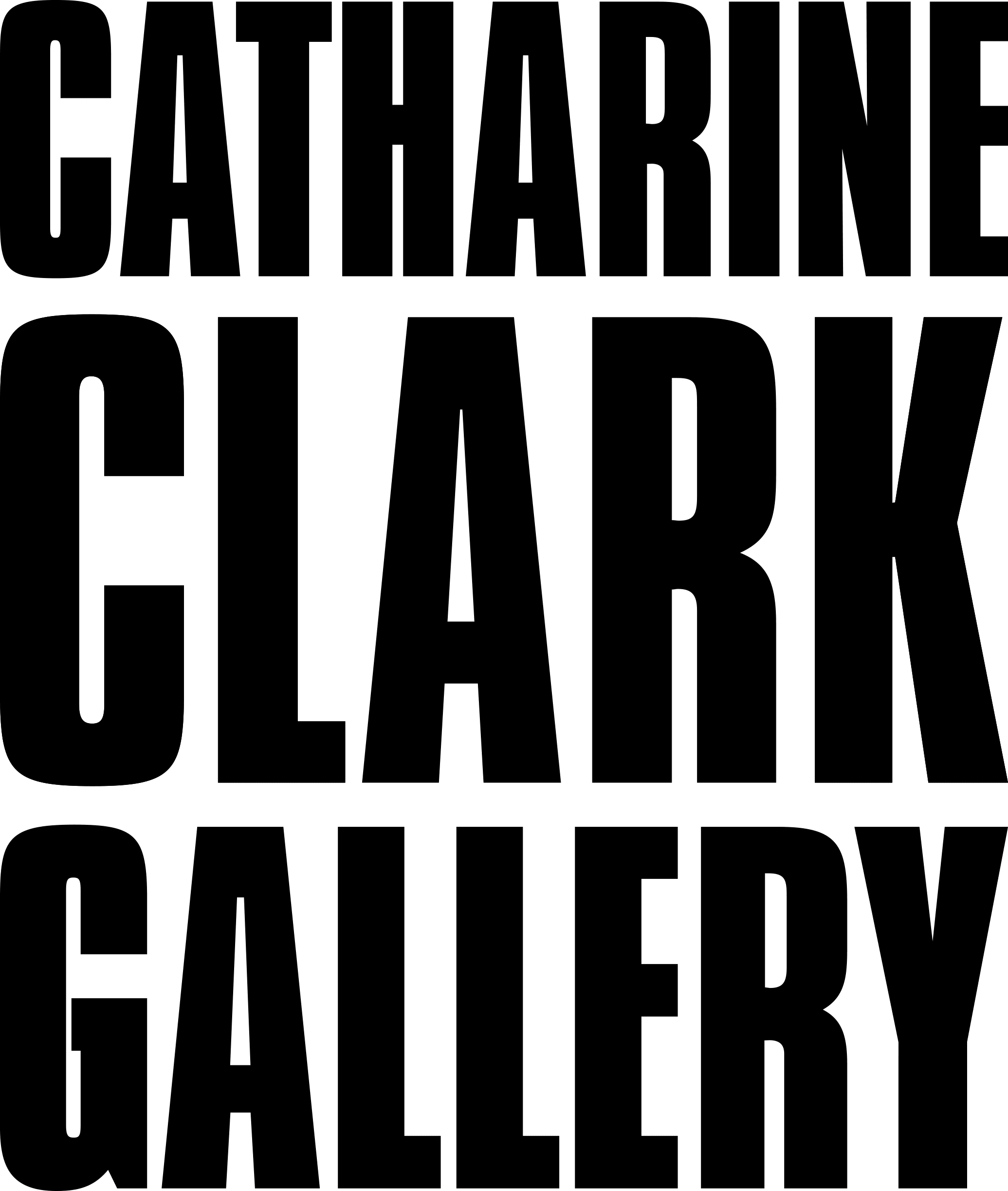




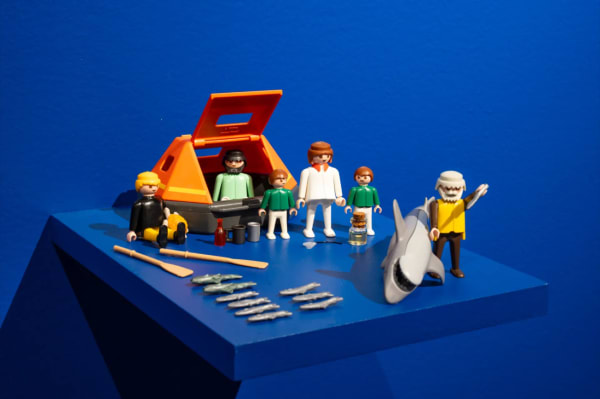




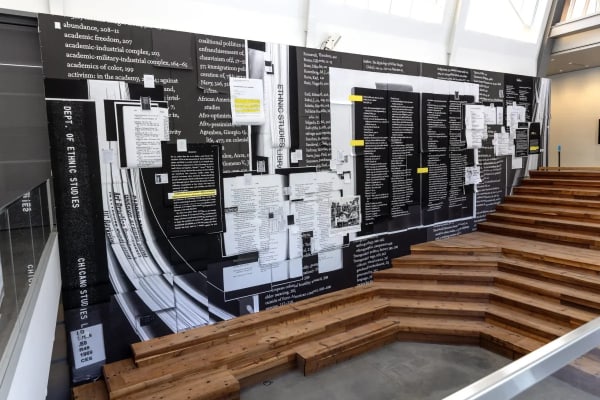
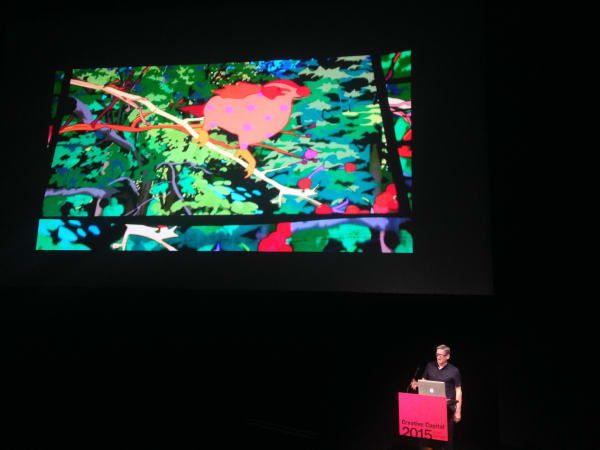



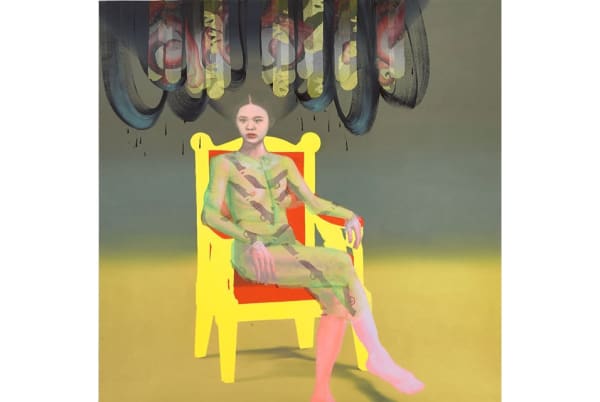






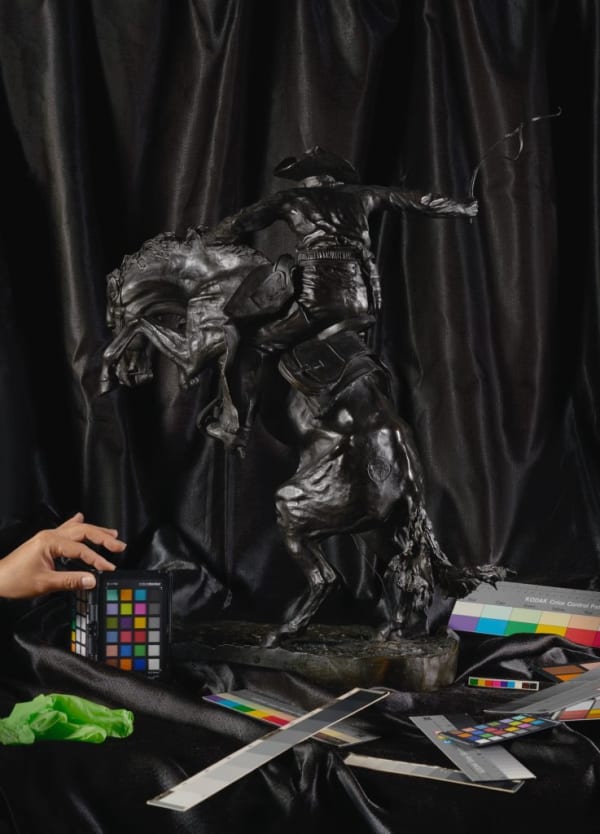












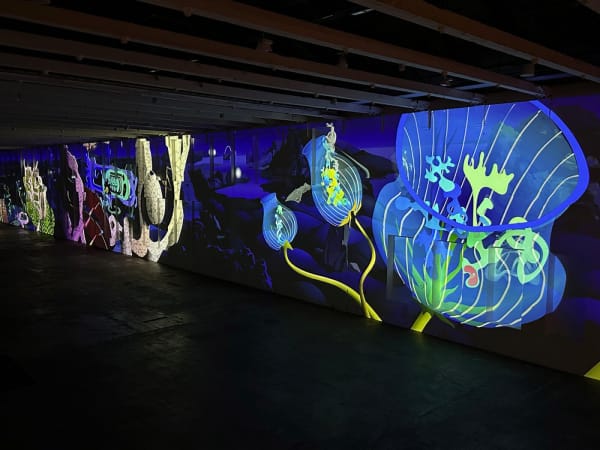







![Julie Heffernan, Self Portrait as Infanta [sic] with Atlas Stick (1999). Est. $$15,000–$20,000.](https://artlogic-res.cloudinary.com/w_600,c_limit,f_auto,fl_lossy,q_auto/ws-artlogicwebsite1971/usr/images/news/main_image/62/julie-heffernan-self-portrait-as-infanta-sic-with-atlas-stick-1999-1797x2048.jpg)


